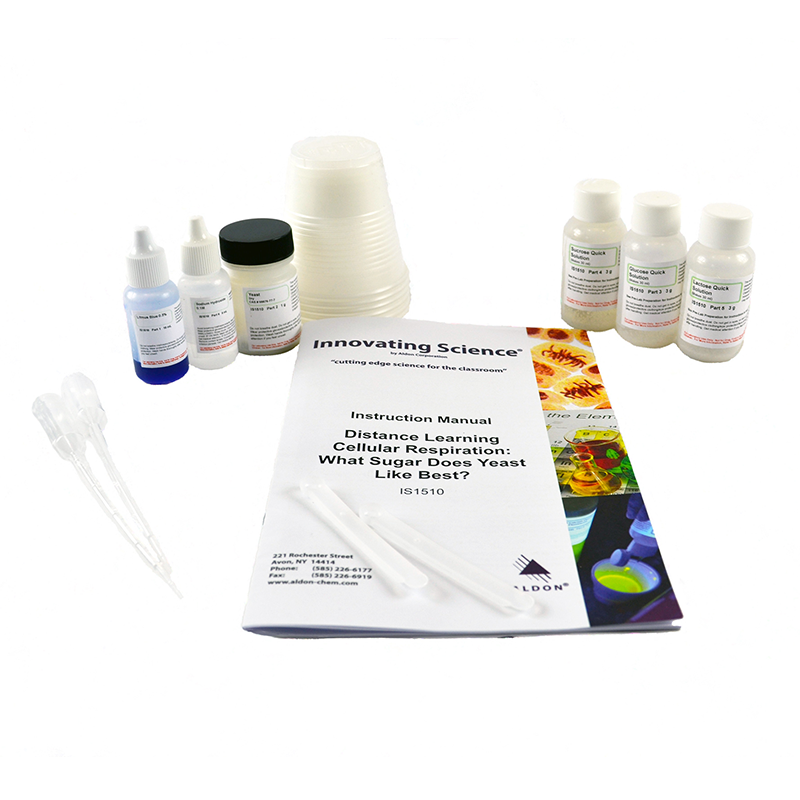

In this experiment you will expose living yeast cells to three different sugars. The sugars used will be glucose, sucrose, and lactose. When living yeast cells are exposed to these sugars, the cells should begin to utilize the sugars as a food source if they are capable of metabolizing them. Upon using the sugars, the yeast cells will begin to engage in aerobic respiration and/or fermentation. This lab allows students to understand that yeast may use different options for energy production. Students will expose living yeast cells to three different potential food sources and use a pH indicator to indirectly determine the effectiveness of three different sugars as a food source for yeast.
Resources

